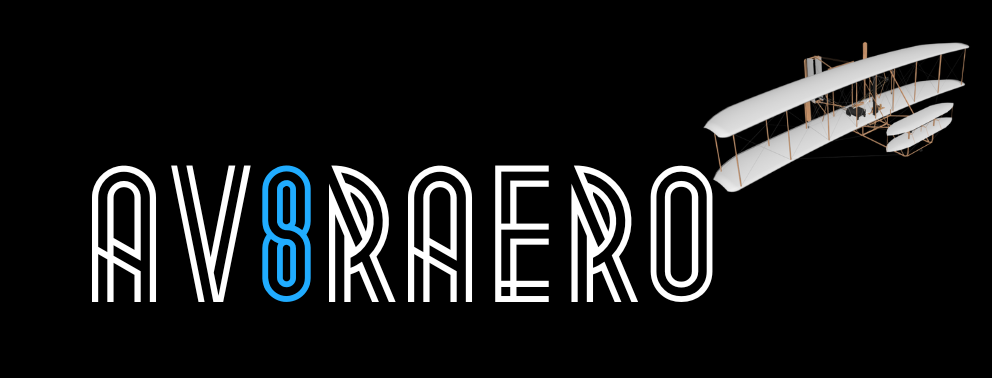Designing the machines that build the machine
Innovating new concepts and creating new products has been a common and consistent theme in the industry. It is interesting to note that when such innovation occurs in an new industry, many of the corresponding methods, mechanisms, equipment do not exist. For example, when Boeing struck an agreement with the chief of PanAm back in the 60s to build a bigger jet than was available at the time, apart from the design of a new aircraft, they had to evolve, build and validate all other components that led to the delivery of the 747. They pretty much put the company on the line in doing so bringing them close to bankruptcy at one point.
There are several such examples in the history of aviation. Indeed, such innovation has been cyclical and the industry has gone through many such cycles of peaks of intense innovation and then periods when they have basically struggled to stay afloat. This discussion is important because the evolution of the simulator is one such innovation. The simulator was an outcome of need – the need to train people on what was built. With time, it turned into a tool – a tool to help address the need to test what was built. In both cases, minimize risk, then minimize cost and then provide a platform to scale operations.
Among the various examples we have seen/read about, I find FAA’s NextGen use of simulators to be a comprehensive example. I find it comprehensive because of various, multi-faceted elements that NextGen reaches into. there are changes to aircraft, airports, traffic control, navigation, communications, crew roles, training processes and a whole lot more. There have been many who have questioned if such a wide impact program is even safe to implement as one program. FAA’s thinking has been that there comes an inflection point when multi-path changes are required to be performed in tandem rather than piecemeal.
Come to think of it, simulators have changed character over the past century. They have gone from helping test/train the machine they model TO helping with modeling (designing) the machine itself.
In the case of NextGen, the future machine is a redesigned USNAS.
Designing simulators that help design the future airspace system is a complex endeavor – fraught with risk. Often, its harder to design the simulator than it is to implement the model in the real world. More importantly, validating such simulators to ensure that they are accurate enough to model the real thing is a complicated exercise. Simulator-related research over the past 5 decades is a mix of successes on one side; and criticisms and warnings on the other side. There are many studies providing us data that simulator design is an evolving science – and that an over-reliance on simulators can lead to problems. In the light of persisting concerns, the use of simulators to design an overhaul of the USNAS can actually be questioned.
Are these simulators able to adequately model and predict behavior in the real world. Are we leaving something out of the model that is in fact a part of the real world environment? Is the simulator violating one of the core principle of learning design, i.e. modeling of identical elements?…
While being a passionate advocate of simulators, I find some of these persisting concerns problematic and in need of expeditious study.
CP
Blog Image Credit: Chris Boyer
